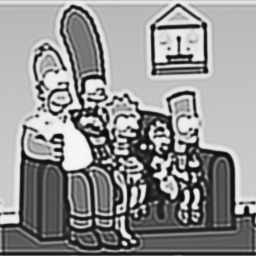Another short video showing some progress on Apex. Here one can see the workflow for defining a cylinder through the dataset, seeing the concentration profile inside the cylinder, and copying the data from the concentration profile into excel. Also, it shows copying the mass spectrum data into excel — note how the mass range matches the selected range of the window — and also copying the mass spectrum image, demonstrating how it works seamlessly with an image editor like Acorn.
As always, please contact me if you are interested in Apex.
